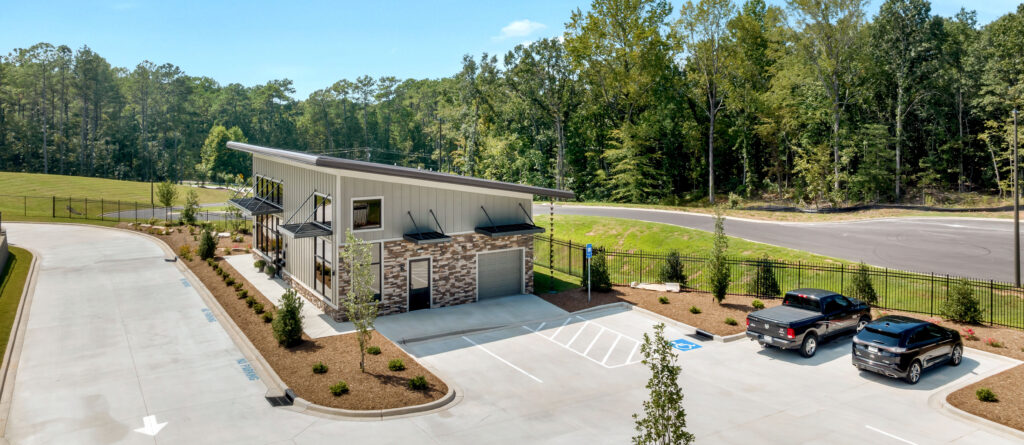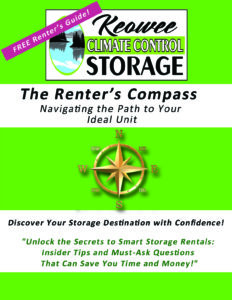Introduction
When it comes to safeguarding your valued possessions, choosing the right storage solution is crucial. Often, the terms “temperature-controlled” and “climate-controlled” are used interchangeably, but they actually refer to distinct storage environments with varying levels of protection. Let’s dive into the differences between these two options to help you make an informed decision.
Temperature-Controlled Storage:
Temperature-controlled storage primarily focuses on regulating the internal temperature of the storage unit. These units maintain a consistent temperature range, typically between 55°F and 85°F (13°C to 29°C). This controlled temperature helps protect your items from extreme heat or cold, which can be especially damaging to sensitive belongings like electronics, wooden furniture, and artwork. Temperature-controlled storage is an excellent choice when you need to shield your items from temperature-related issues but don’t require humidity control.
Climate-Controlled Storage:
On the other hand, climate-controlled storage takes protection a step further. These units not only maintain a stable temperature but also control humidity levels. The humidity is usually kept at around 55%. This added feature is vital in preventing moisture-related damage such as mold, mildew, and warping. Climate-controlled storage is ideal for items that are susceptible to humidity, including delicate artwork, leather, documents, and antiques. It’s the comprehensive choice when you want to preserve both temperature and humidity-sensitive possessions.
Choosing the Right Option:
When deciding between temperature-controlled and climate-controlled storage, consider the nature of your items. If you’re storing valuable electronics, wooden furniture, or other temperature-sensitive items, temperature-controlled storage may suffice. However, if you have a diverse range of belongings, including those prone to humidity-related damage, investing in climate-controlled storage is the safest bet. It ensures comprehensive protection against temperature fluctuations and moisture-related issues.
Conclusion:
Understanding the difference between temperature-controlled and climate-controlled storage is essential for safeguarding your cherished belongings. While both options offer protection, climate-controlled storage provides an added layer of security by managing humidity levels. When in doubt, it’s wise to opt for climate control, especially if you have a variety of items with varying sensitivity to environmental conditions. Ultimately, choosing the right storage solution ensures your items remain in pristine condition throughout their stay.

